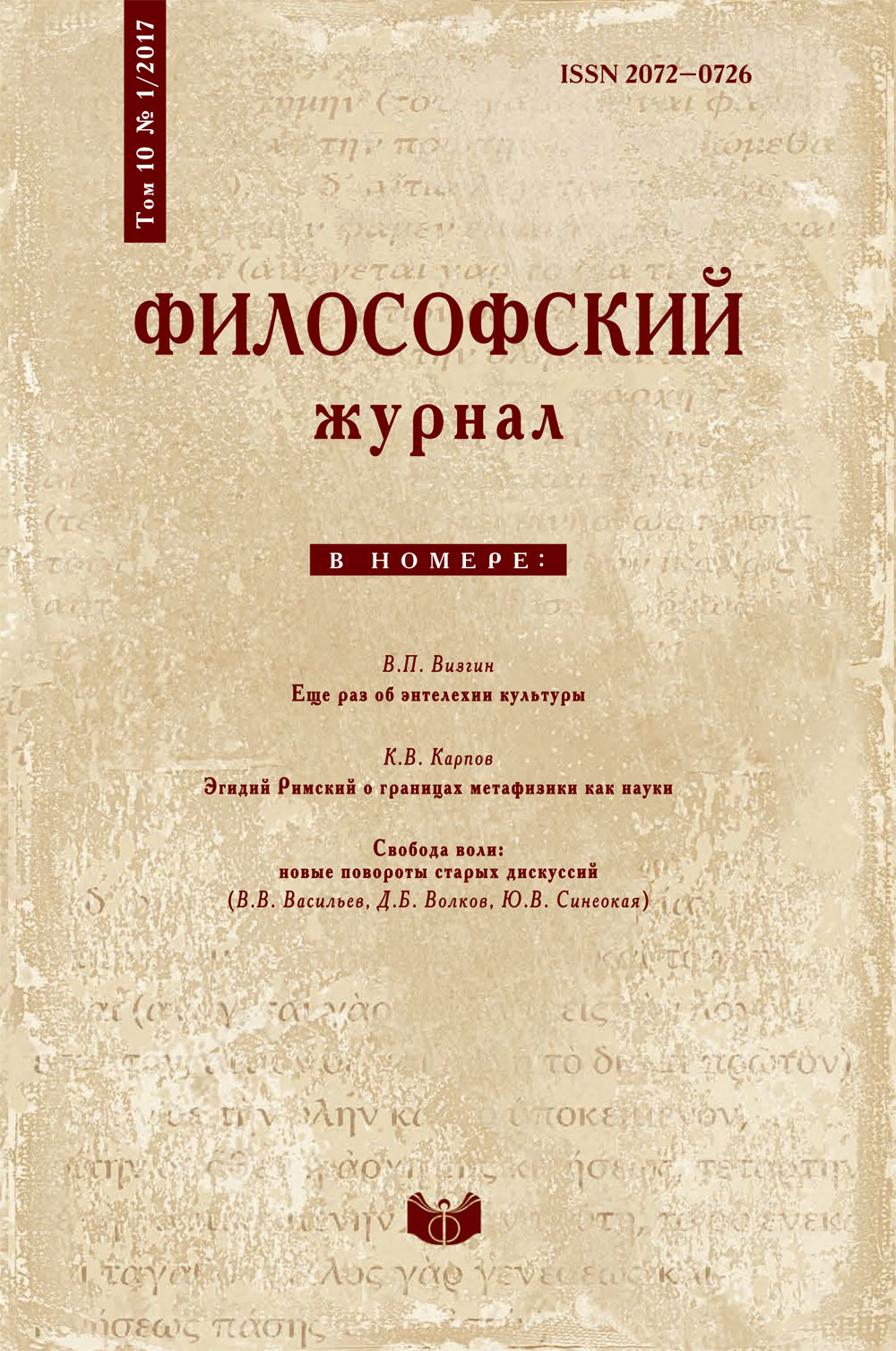The thing on a screen: the historical sensorium of Andrei Tarkovsky
Some considerations about Robert Bird's "Andrei Tarkovsky: Elements of Cinema"
DOI:
https://doi.org/10.21146/2072-0726-2017-10-1-163-172Keywords:
cinema, philosophy, society, history, modernity, the imaginary, aesthetic surfaceAbstract
Tarkovsky's cinematographic 'natural philosophy' – the 'cinema of elements' (Earth, Fire, Water, Air) – gets considered by Robert Bird as an effect of the'elements of the cinema'. Such elements are, in the first place,'flow' and celluloid'film'. In Tarkovsky, flows are the streams of his famous cinematographic water, but also the visualized atmospheric 'waves' and no less the fluid motion of his constantly drifting camera. These flows merge with one another to form the'screen'where the flow of time can get materialized for the particular communities that the spectators of Tarkovsky's films are meant to become. The 'film' is a material substance, the film as such; it is also that specific 'water film'which appears around the cinematographic objects as an effect of flows; at the same time it is that invisible 'veil'whichTarkovsky's fluid camera creates around the objects. The specific cinematic techniques employed by the Soviet director, the elements of his cinema-style generate the characteristic'materiality' of screen images. This materiality can be 'read' as an aesthetic horizon of the historical imaginary of the Thaw generation, or, to put it in other words, on the one hand it can be regarded as a utopian impulse toward the aesthetic collective unity (community sharing the same experience of time flow) as opposed to the Stalinist totalitarian utopia, and, on the other hand, as a specific manifestation of the general symptom of modernity: the extinction of Energy, emptiness of things and human beings. Tarkovsky's cinema can be viewed as part of the late modernist reaction against it.






